There’s something electric about a dusty VHS tape snapping to life, red letters flickering across the screen, and suddenly you’re back in a world where hair was high, shoulder pads were epic, and danger lurked behind every bleacher. Netflix’s Fear Street: Prom Queen drags you kicking and screaming back to 1988. No gentle nostalgia trip; this is a sweaty, synth-pumping, blood-spattered plunge into the raw, ridiculous heart of 80s slasher flicks. Here are five fierce reasons why this movie gets that sticky, glorious 80s horror feeling just right:
- YouTubewww.youtube.com
1. The visuals are pure 1988
The film is set in the late 80s and looks the part in every frame. The costume design features authentic prom dresses with big taffeta skirts, sky-high hair, and retro make-up. School halls are lit with fluorescent tones and neon accents, styled to resemble a real 1980s high school prom.
Even the cinematography mimics old horror films, with grainy textures and lighting that nods to films like Nightmare on Elm Street or The Slumber Party Massacre. The poster design also mimics 80s VHS covers, with bold colours and dramatic taglines.
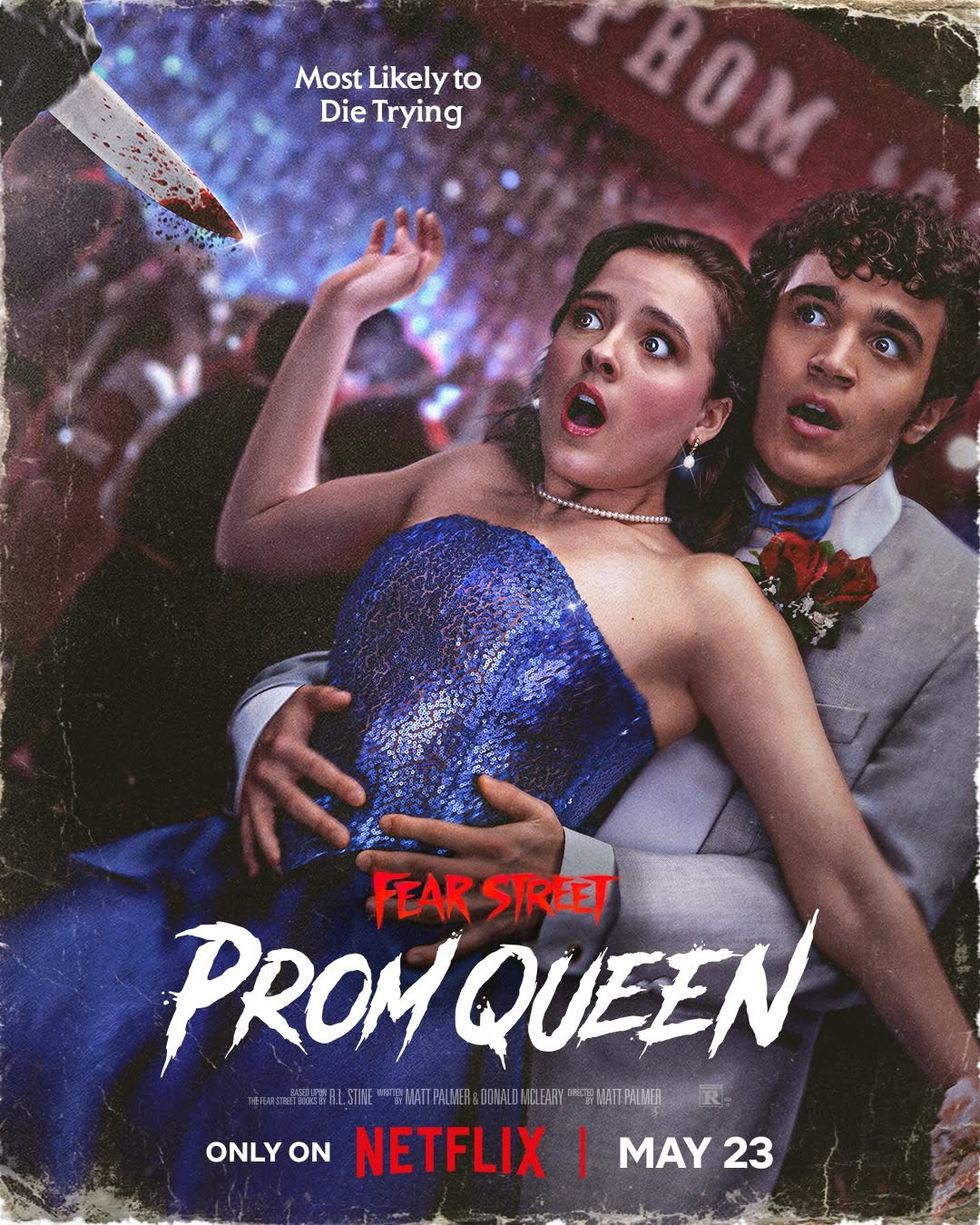
2. It leans hard into classic slasher tropes
The film sticks to a clear slasher structure:
• A "Final Girl" who’s smart, isolated, and underestimated, very much in the tradition of Laurie Strode or Nancy Thompson.
• A killer with a signature look, stalking teens one by one.
• A countdown of victims with their own motives and secrets, picked off in creative ways.
• A whodunnit element where anyone could be behind the mask, adding tension till the end.
The characters themselves are pulled from the 80s playbook with mean girls, clueless adults, and jocks with egos bigger than their brains. It’s a mix of clichés that slasher fans know and expect and that’s the point.
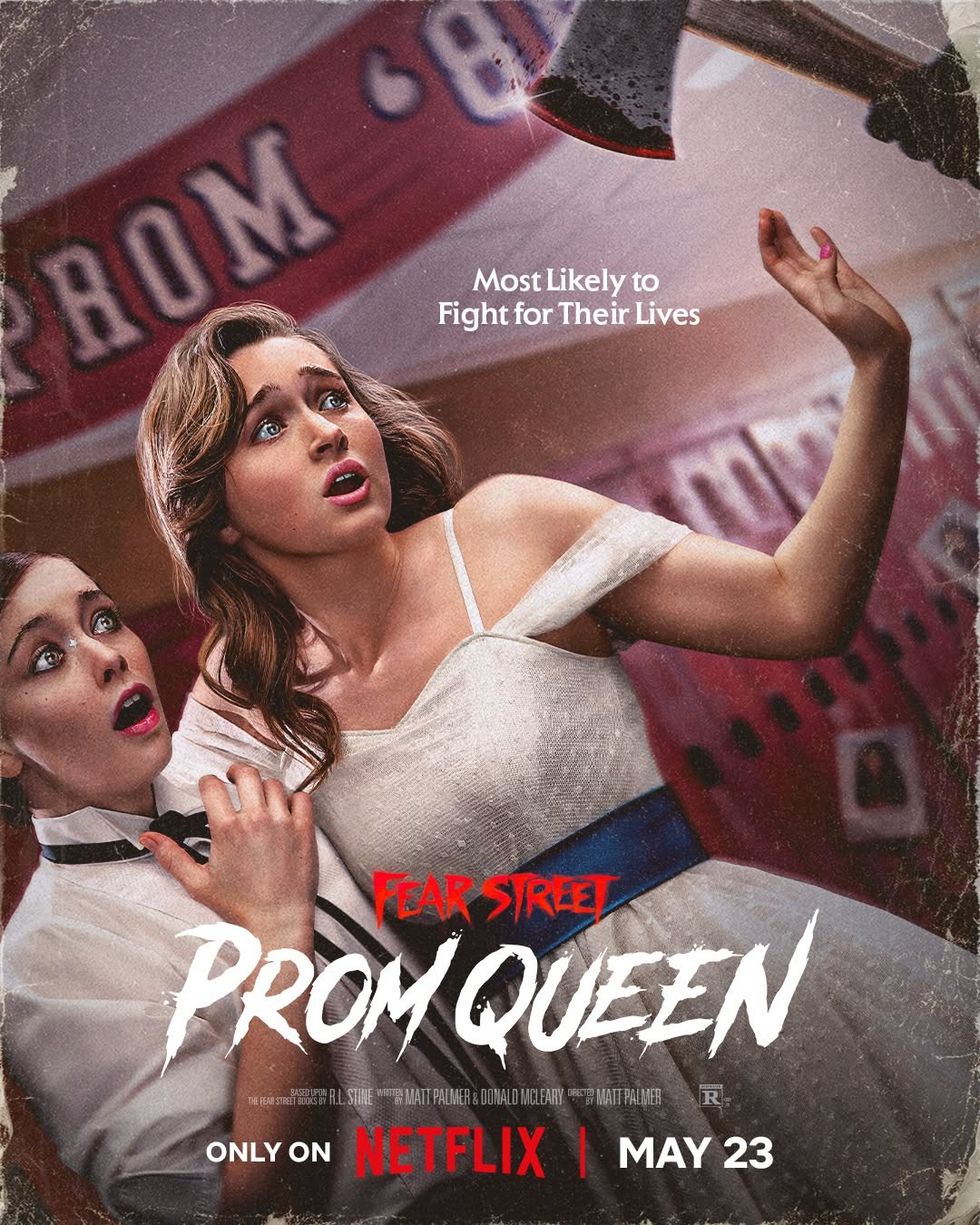
3. The kills use practical effects, not CGI
Instead of over-the-top digital blood, this movie goes back to basics. The deaths are done with practical, on-set effects, including:
• A buzzsaw to the face
• A paper cutter decapitation
• A slow electrocution using a circuit breaker
These kinds of kills are a direct tribute to the "creative death scenes" seen in 80s horror like The Burning and Prom Night. They’re messy, physical, and shocking and audiences have loved this choice for its old-school realism vibe.
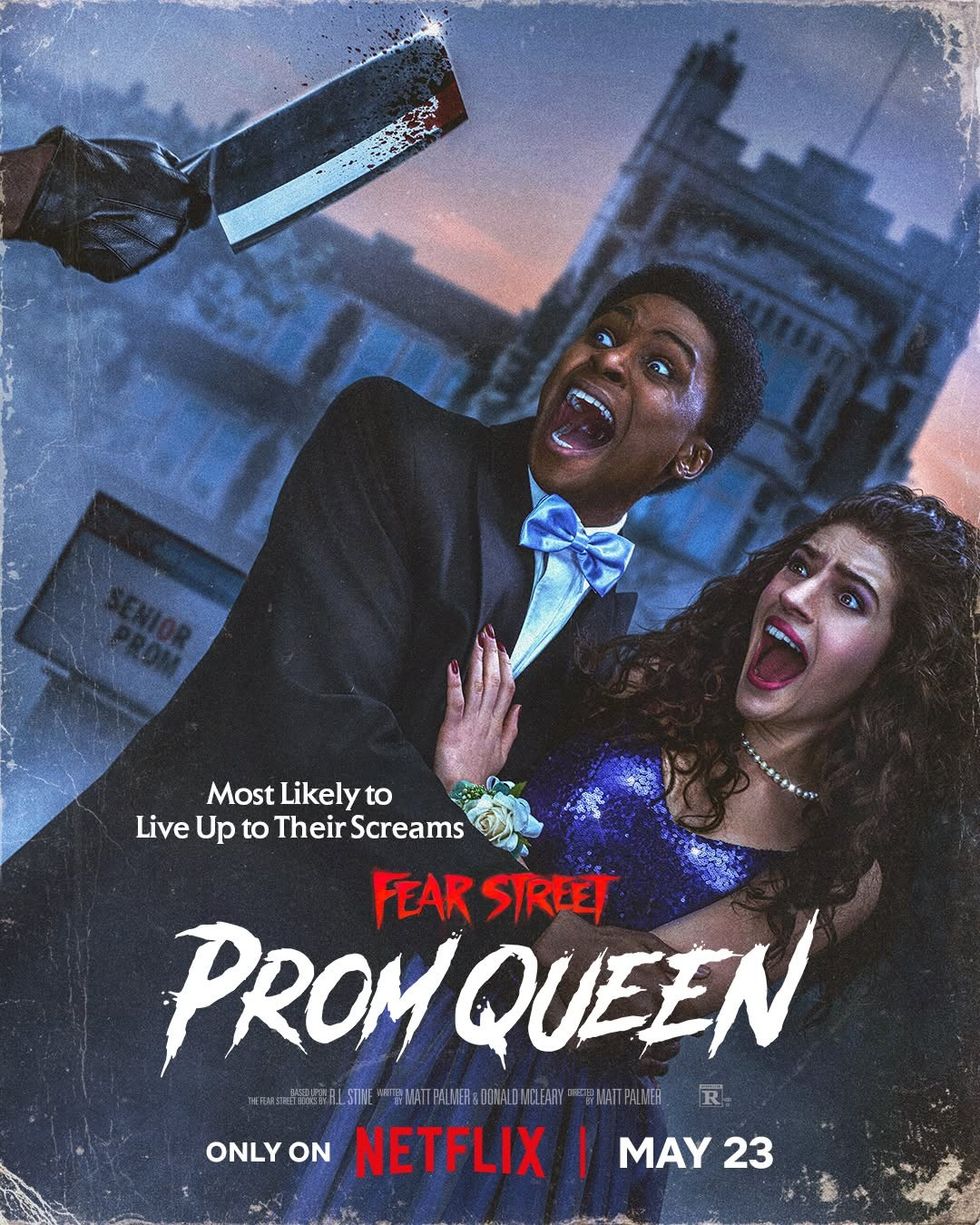
4. The killer design is a throwback
The masked figure wears a plain, featureless mask and a red rain poncho, a look that feels fresh but still has the charm of older horror villains.
• It’s visually simple, like Michael Myers or the killer in I Know What You Did Last Summer.
• The killer’s motive is also rooted in classic themes like jealousy, popularity, and revenge, not complex psychological backstories.
This also makes it less of a modern thriller and more of a slasher in the purest sense, where the mask isn’t just for fear but is also a symbol of mystery.
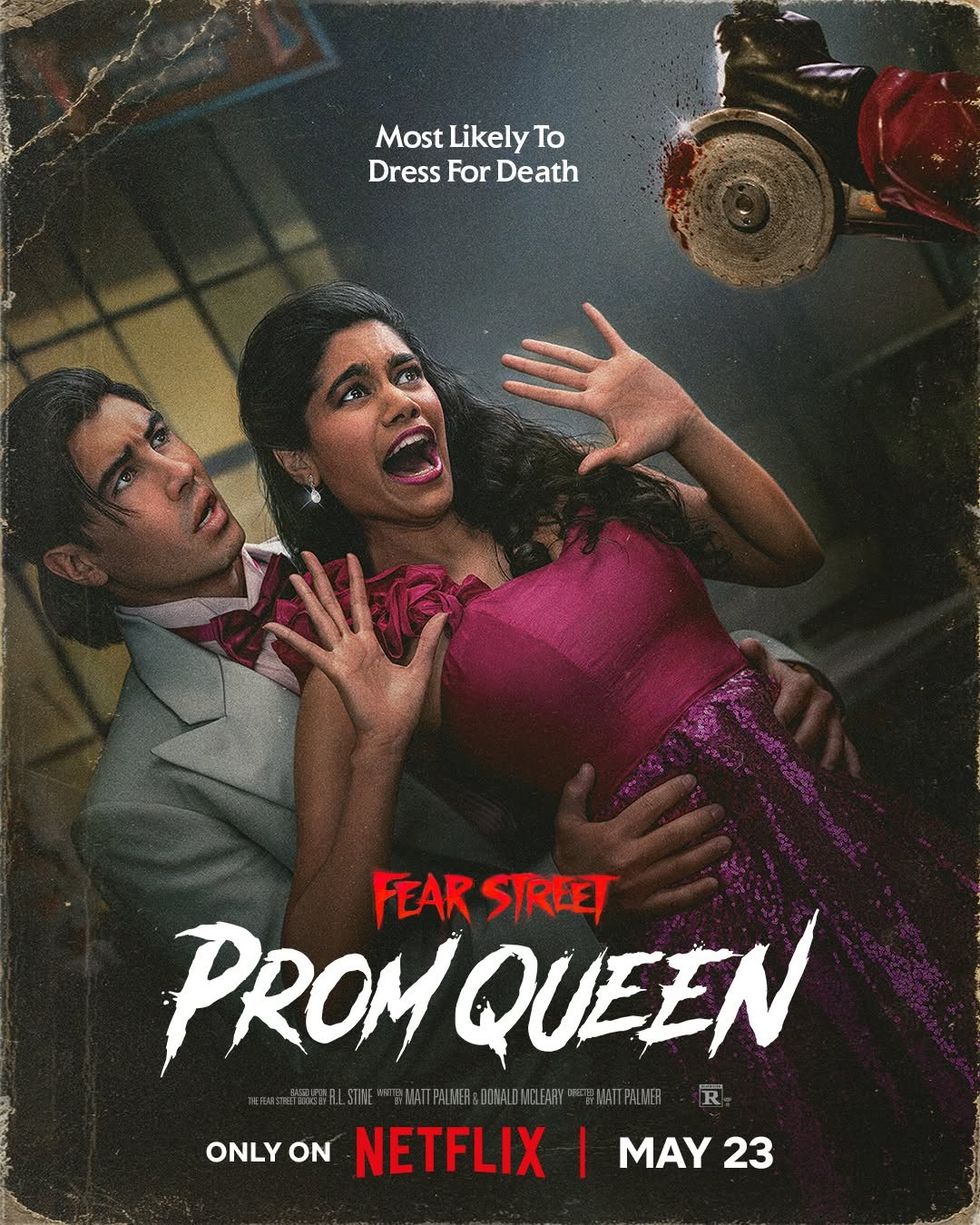
5. The soundtrack nails the era
Here it isn’t just a background playlist, it is key to the film’s tone.
• Songs like “Gloria” by Laura Branigan, “Hungry Like the Wolf” by Duran Duran, and Tiffany’s “I Think We’re Alone Now” are used in key prom scenes, not just tossed in for nostalgia.
• They all reflect how 80s slashers used popular tracks to contrast normal teen life with sudden violence, like in Night of the Demons and Sleepaway Camp.
The original score, heavy on synth and eerie keys, feels like something John Carpenter could have composed in 1985.
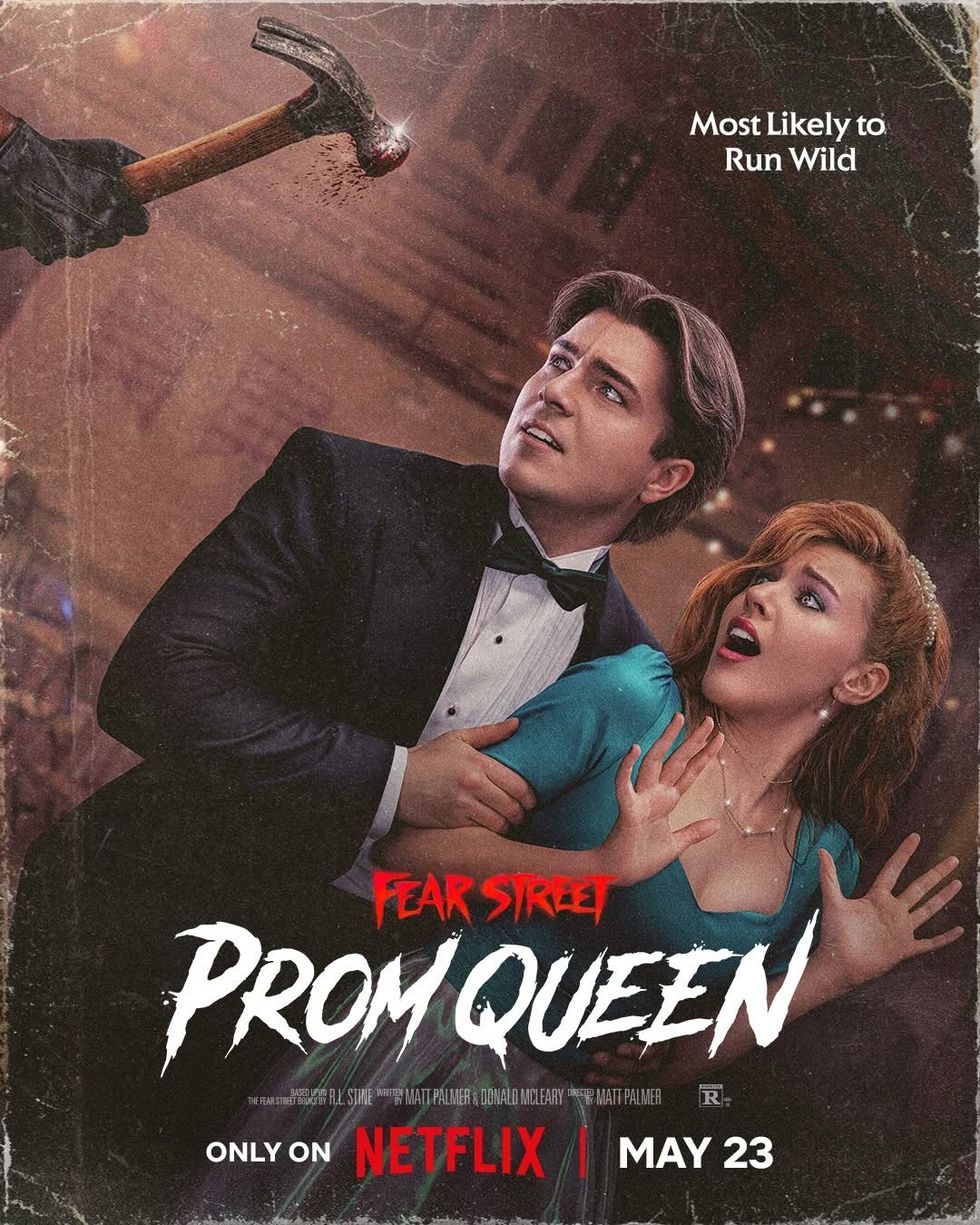
More throwback than reboot
Prom Queen may not reinvent horror, but it doesn’t try to. Instead, it brings back everything that worked in 80s slashers like the high school drama, campy dialogue, stylish kills, and a soundtrack that sounds like teen angst.
Netflix even backed it up with a real-world promo: a mock 1988 prom experience in L.A., complete with a haunted gym and actors in costume. It’s clear the goal wasn’t to modernise the genre, but to honour it and invite new viewers into the madness.
If you miss horror when it was messy, loud, and gloriously fake-bloody, this one’s clearly worth a watch.
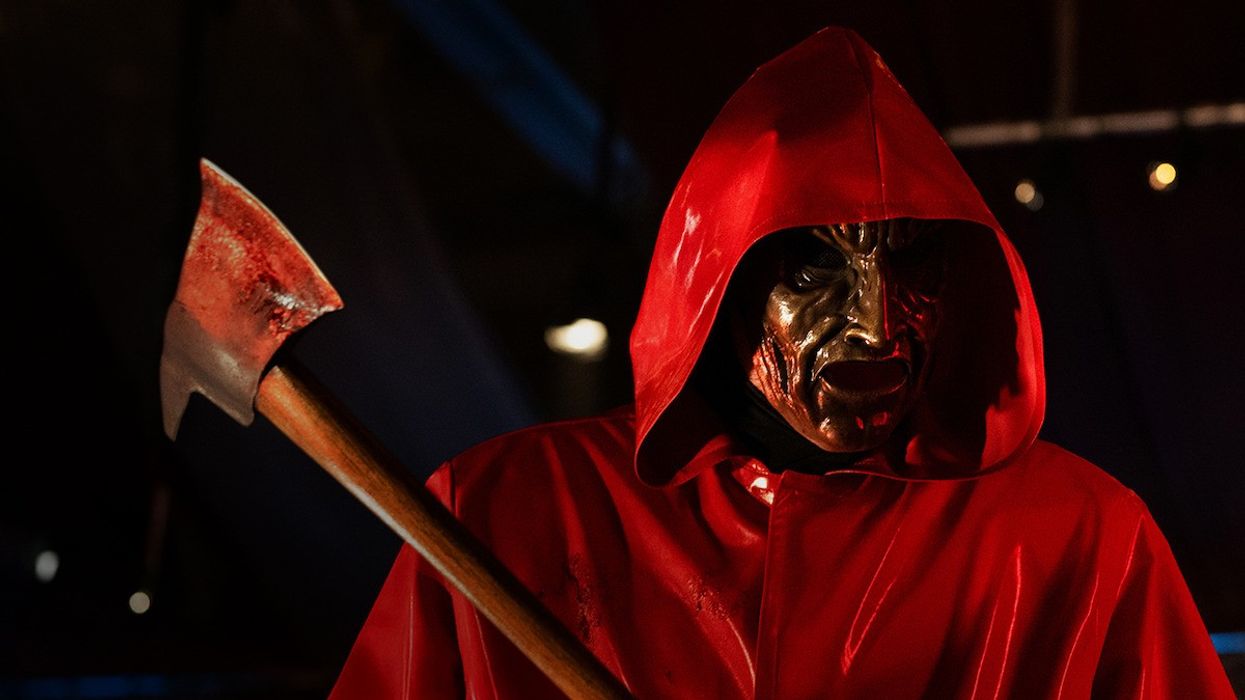

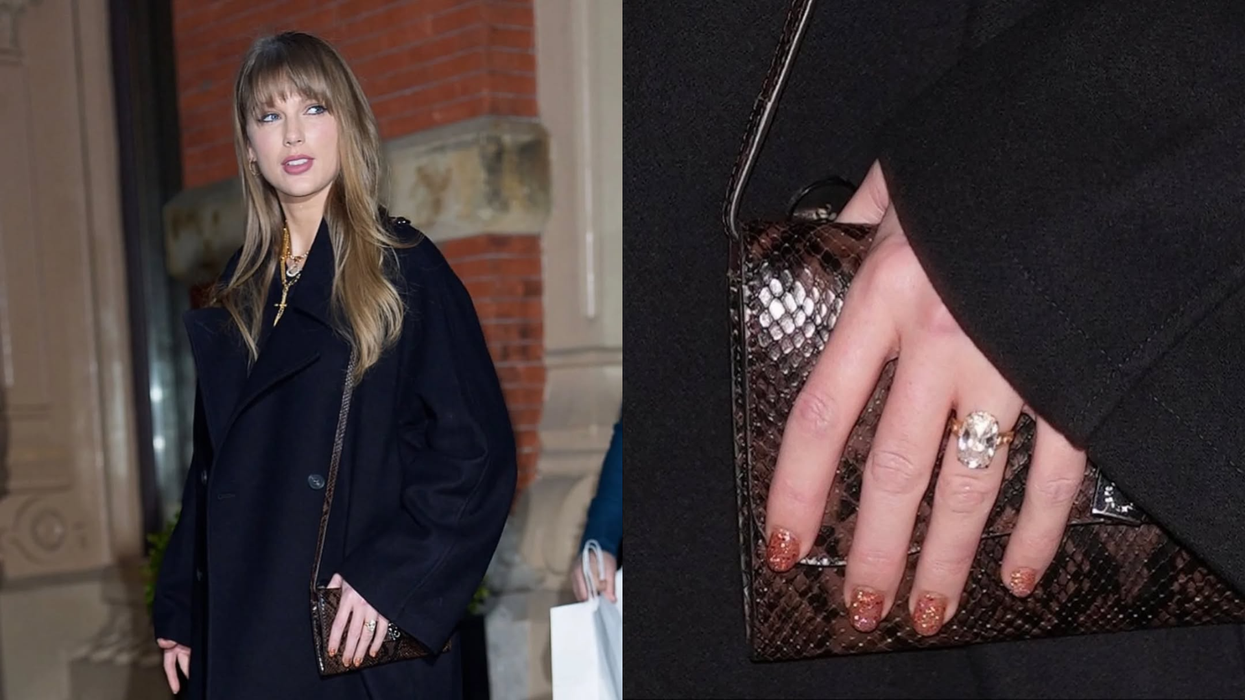
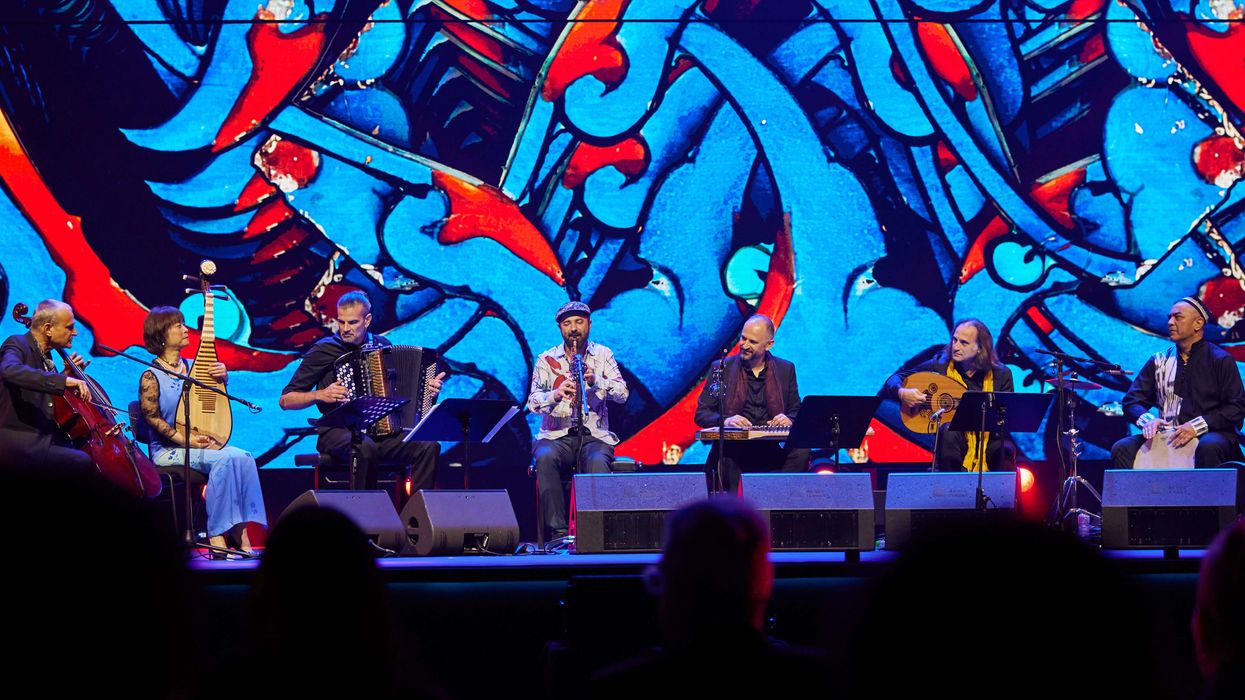
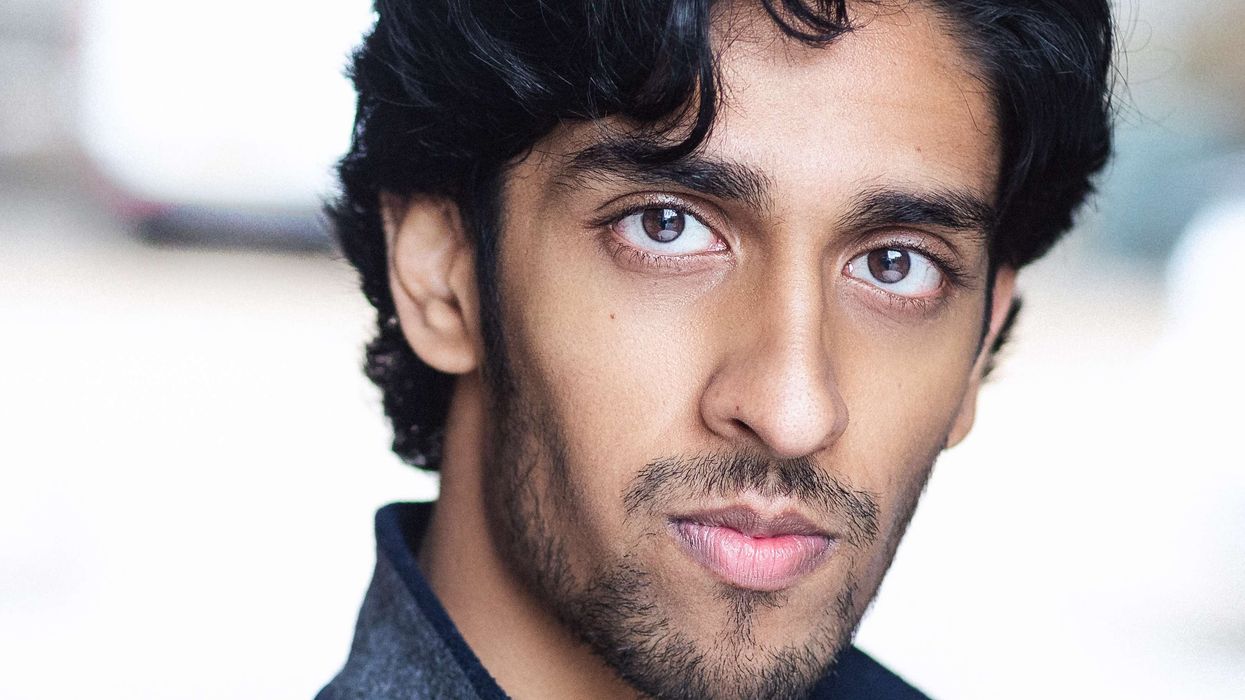
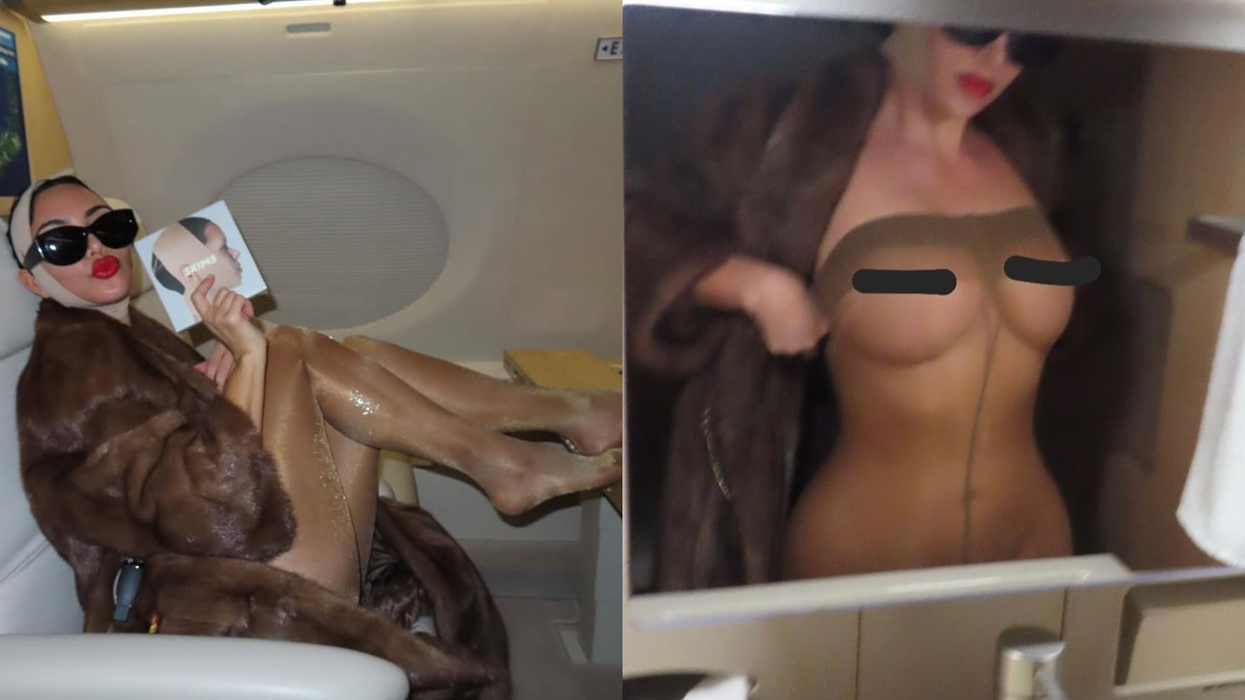
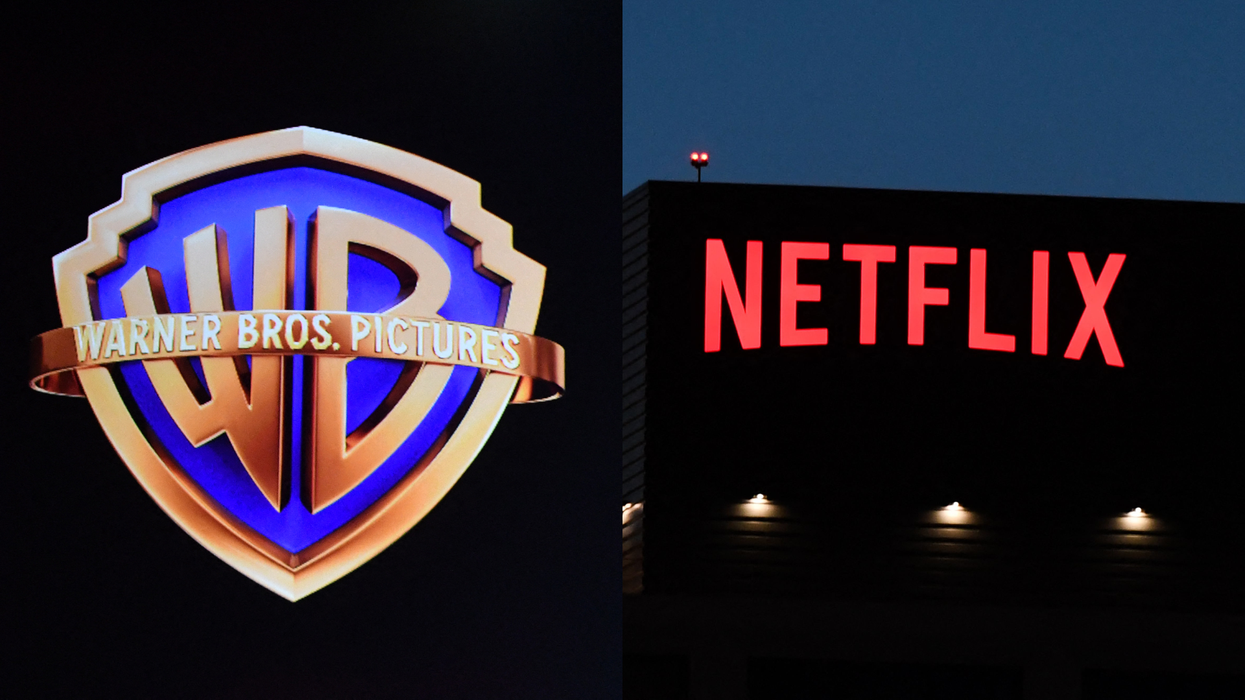
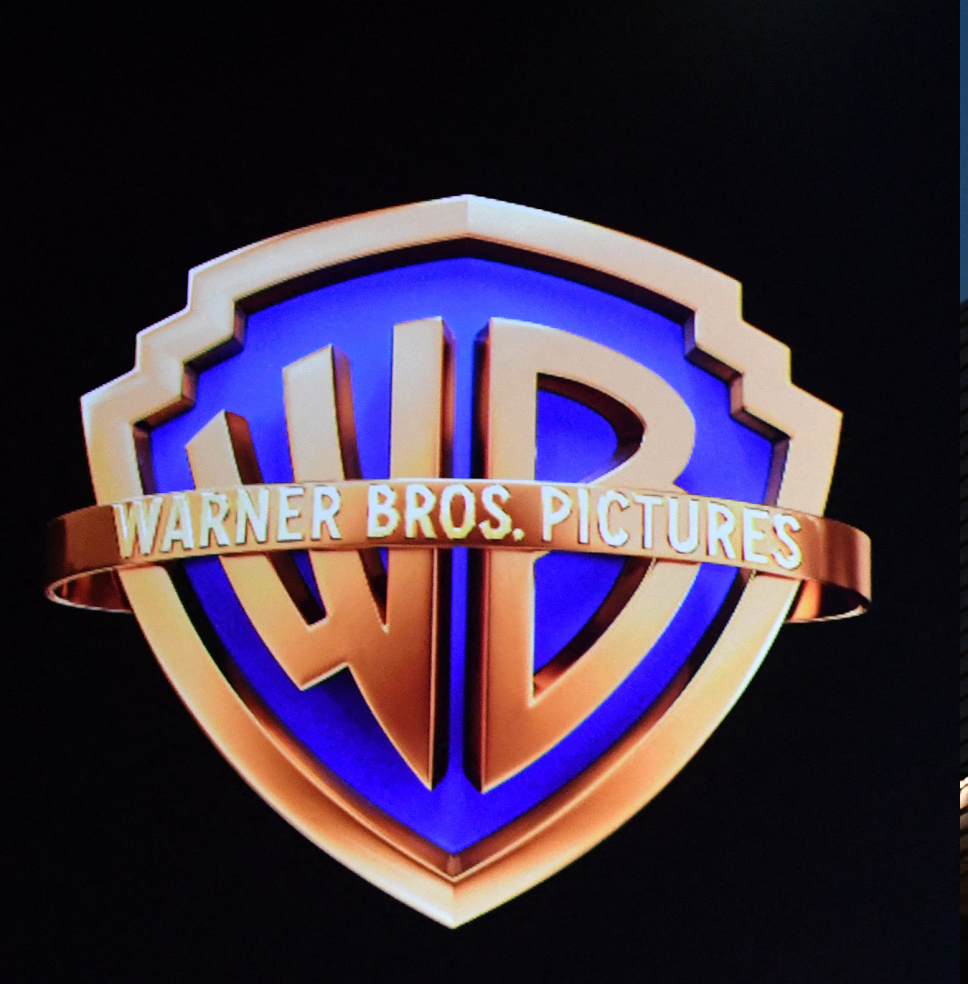 Netflix’s takeover of Warner Bros gives the streamer full control of HBO and its landmark show Getty Images
Netflix’s takeover of Warner Bros gives the streamer full control of HBO and its landmark show Getty Images 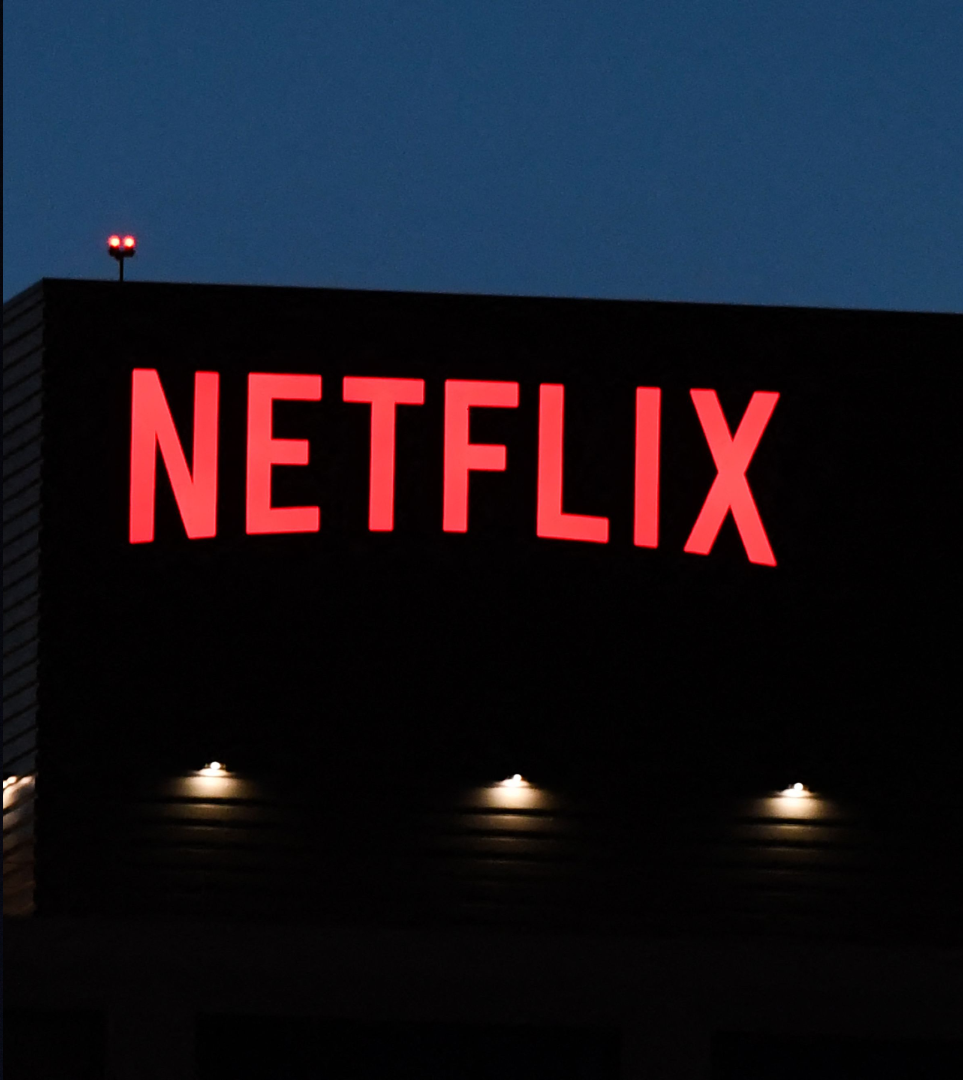 Netflix\u2019s takeover of Warner Bros gives the streamer full control of HBO and its landmark show Getty Images
Netflix\u2019s takeover of Warner Bros gives the streamer full control of HBO and its landmark show Getty Images  HBO MaxHBO Max Partners
HBO MaxHBO Max Partners  Netflix now owns HBO’s entire library including major series and long-running global titlesiStock
Netflix now owns HBO’s entire library including major series and long-running global titlesiStock






